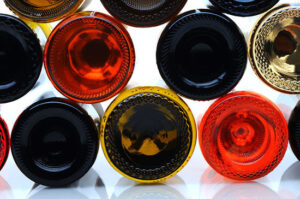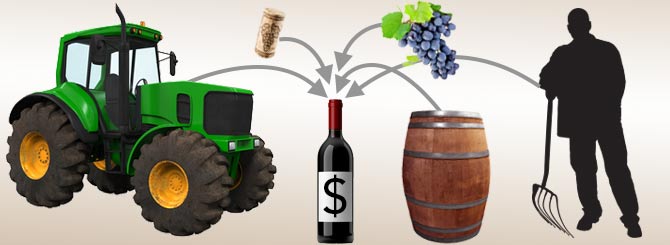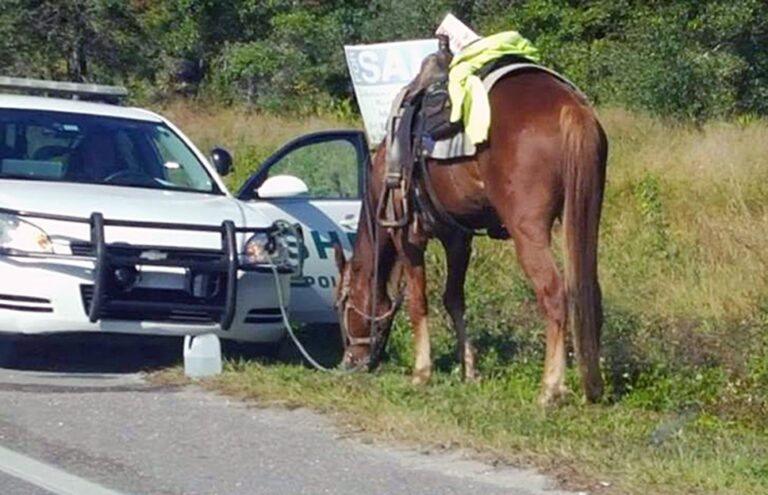While having a conversation with another winery owner, the topic of bottle capsules came up. We questioned the idea of “naked bottles.” (I am not sure if that is the technical term, but that’s what I call bottles without a capsule on it.) Both of us like the idea of not using them on future vintages and both have run into a road blocks by our husbands. This triggered further questions about other winery marketing decisions and whether the public 1- pays attention to them and 2- agrees with them.
Our thoughts about the use of capsules is that they are an unnecessary piece of the puzzle. Are capsules really adding anything quality wise to the end product? Whether it does or doesn’t, it does add to the cost of goods (COGs) for the winery. COGs has a lot of levels to it that the consumer may not realize. Everyone is aware of the fact that wineries have to pay for the fruit. Even those wineries that have estate fruit have fees associated with maintaining the vines and vineyard. Once the fruit is harvested, another cost, they then have to pay to process the fruit. Processing includes crushing and fermenting the grapes up to the point they are pressed off and the wine is in a tank.

Once fermentation is complete, wineries then need to pay for aging the wine. This includes the cost of the barrels and/or tanks. The barrels/tanks need someplace to be stored, so add a few more dollars for that. Also during aging, the angels get their share of the wine, so they need to be topped. Most wines are also racked occasionally over the course of aging. Every time the wine is topped and racked it means more dollars added to the cost.
Next up is bottling. Larger wineries may have their own bottling line, but that is a huge outlay, so most wineries use a mobile bottling unit. A tractor trailer pulls up to your winery and has a bottling line inside it. In order to bottle, the winery must purchase bottles, corks or screwcaps and labels. If they filter their wines, that is an additional cost. After the wine is bottled, there is more cost to store the case goods.
I read an article that stated winemaking follows the 60/30/10 percent rule. Where 60% of our time is selling & marketing, 30% is paper work, and finally just 10% is what could be termed actual winemaking. So, in addition to the cost of physical goods, there is a large percentage that is even more difficult to calculate and add to the final COGs. All of small things add up to quite a big price tag for the winery to dish out.
Dracaena Wines has received consistent 90+ ratings and multiple Double Gold medals. Click image to order yours today and let Dracaena Wines Turn Your Moments into Great Memories!
Now, this may sound like I am saying that the wineries should cut corners and cheapen things. In fact, I am saying the complete opposite. All of these costs get transferred to the customer. Some, such as purchasing quality fruit, vineyard management and analysis are worth the cost, but I, along with the winery I mentioned previously, question if others are worth that additional charge. By eliminating them, the winery can lower their cost of goods and can save their customers money.

When you add all the “extras” up it can be on the upwards of $2.00 – $2.50 per bottle. None of these products make the wine inside the bottle any better. They just give the impression of a more expensive wine. For example, bottles. Heavy bottles! Geez, why do wineries purchase heavy bottles? Yeah, that punt is enormous. You can put your entire thumb in it, but that doesn’t mean the wine is higher in quality, it just means you get a bigger workout pouring the wine. Punts have no true functionality, they are remnants of when bottles were made by glassblowers. The glass was pushed in allowing the bottle to stand upright. In fact, a customer pays double for heavy bottles. The cost of goods portion and then upon shipping they pay again for the additional weight.
Labels are mandatory on all bottles. There government requires specific details on every bottle of wine, but the winery can choose how to display it. (as long as it is approved by the TTB) Many wineries who want to give the impression of a higher quality wine will forego the label and etch the bottles themselves. This adds a significant cost to the overall price. Would you rather have an etched bottle and pay more or a label on the bottle and save a few dollars?
What about the foil? Capsules really are just decorative and by no way have an impact on the quality of the wine. There is some thought that foils were originally used to keep insects from contaminating the cork. Another theory of why wines have capsules on them relates demonstrating if the cork had been removed and then replaced. However, I am not sure either of those situations are relevant either of these scenarios are today. Would you choose a bottle simply because it has a foil capsule over one that doesn’t?
 Some wineries forego the foil and wax their bottles. I have seen people literally scream at the bottle as they are trying to remove the cork through the wax. I personally am not a fan of wax, but it isn’t really that difficult to open. My trick is to rub the wax in the palm of my hand for a few seconds. This warms the wax up enough so that I can insert the corkscrew through the wax and remove the cork. But I get it, sometimes, it does make a mess. Wax is a rather expensive addition. They typically need to be done by hand. Wax can run around $9 per pound. On average the winery can dip approximately 60 bottles for every pound of wax.
Some wineries forego the foil and wax their bottles. I have seen people literally scream at the bottle as they are trying to remove the cork through the wax. I personally am not a fan of wax, but it isn’t really that difficult to open. My trick is to rub the wax in the palm of my hand for a few seconds. This warms the wax up enough so that I can insert the corkscrew through the wax and remove the cork. But I get it, sometimes, it does make a mess. Wax is a rather expensive addition. They typically need to be done by hand. Wax can run around $9 per pound. On average the winery can dip approximately 60 bottles for every pound of wax.
These topics and a few other winery marketing decisions were brought up on my latest episode of Wine Writer Wrap Up. I sat down with some friends and we shared our thoughts on whether or not we agree with them. Why not give a listen? Just click play or search for Exploring the Wine Glass wherever you listen to podcasts. And if you like what you hear, please subscribe, rate and review. Plus, you can always leave a comment to share your opinions on the topic.
~Sláinte!
We’ve stacked the odds so that you can get our award winning wines without breaking the bank. Click the image to find out all of the benefits of joining the CHALK CLUB including free shipping and progressive discounts.




Ditch the foil and PLEASE don’t go to wax. While I still appreciate a cork, foils are totally unnecessary and in fact, obscure the cork. How happy are you to remove the foil and see a cheap plastic cork-thing as a closure? Anyway, some of my favorite wineries have gotten rid of the foil, choosing nice printing on the cork. As for your spouse, maybe threaten to go to screwcap!
ahh! the threat approach! love it! Such a valid point.. when you remove the foil and see the horrible plastic cork. I do think more and more will come to this, but as with everything, many people are not comfortable with change. What are you thoughts on heavy bottle weight?
I could do without both foil and wax caps. I get that wineries want to convey a certain “image” and that the average consumer is lured by labels and packaging. It seems like sales trumps sustainability more oft than not. That brings me to those heavy bottles. It’s so ironic that some producers go to great lengths to tell their sustainability stories, and then go and use heavy bottle for the wine. Doh!
LOL exactly.. how can they be sustainable and use those heavy bottles. Doh! is right!
The former owner of the store I shop would not stock any wine without foil. I think it is about the image you wish to convey. And no foil conveys informality to me. I buy many wines without foil but I may not buy all wine without foil. IMHO, your label is informal so I think this could be the right move for you. Maybe not for the reserve Cab Franc but def. all the others
Wax? Gosh NO!. I heard in the olden days wax was used to protect corks from rats in cellars. Both from chewing and from peeing on. If that is a problem today – use a foil.
Heavy bottles? Stupid and a waste of money for both the seller and the buyer.
agree.. all about image. It’s interesting you say ok for Classic but maybe not Reserve.. agree- reserve lends itself to be a “classier” wine, maybe a tough sell without a foil. And yes, it use to protect from rodents and insects.. Gosh I hope no one has that concern today. :O)